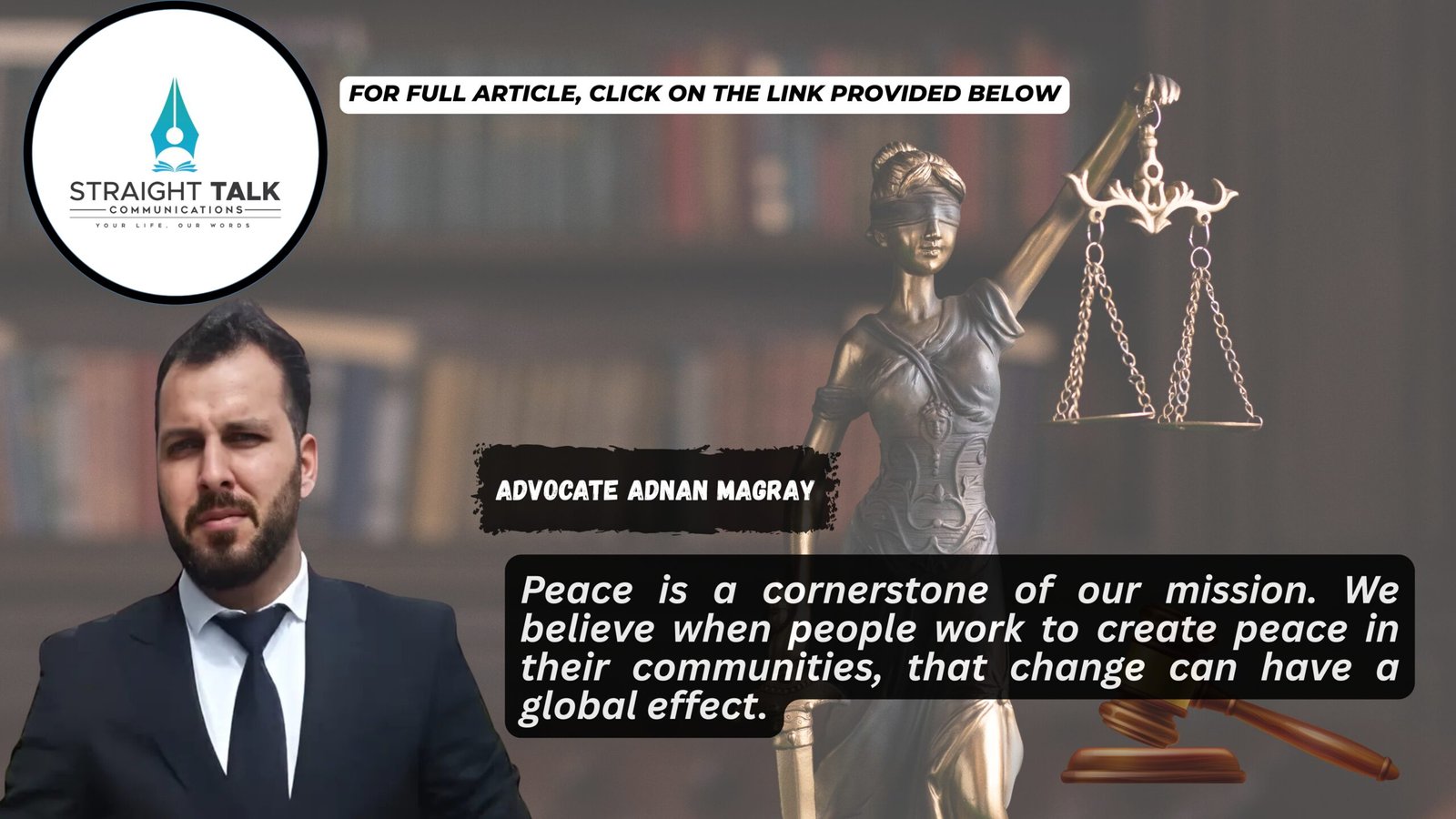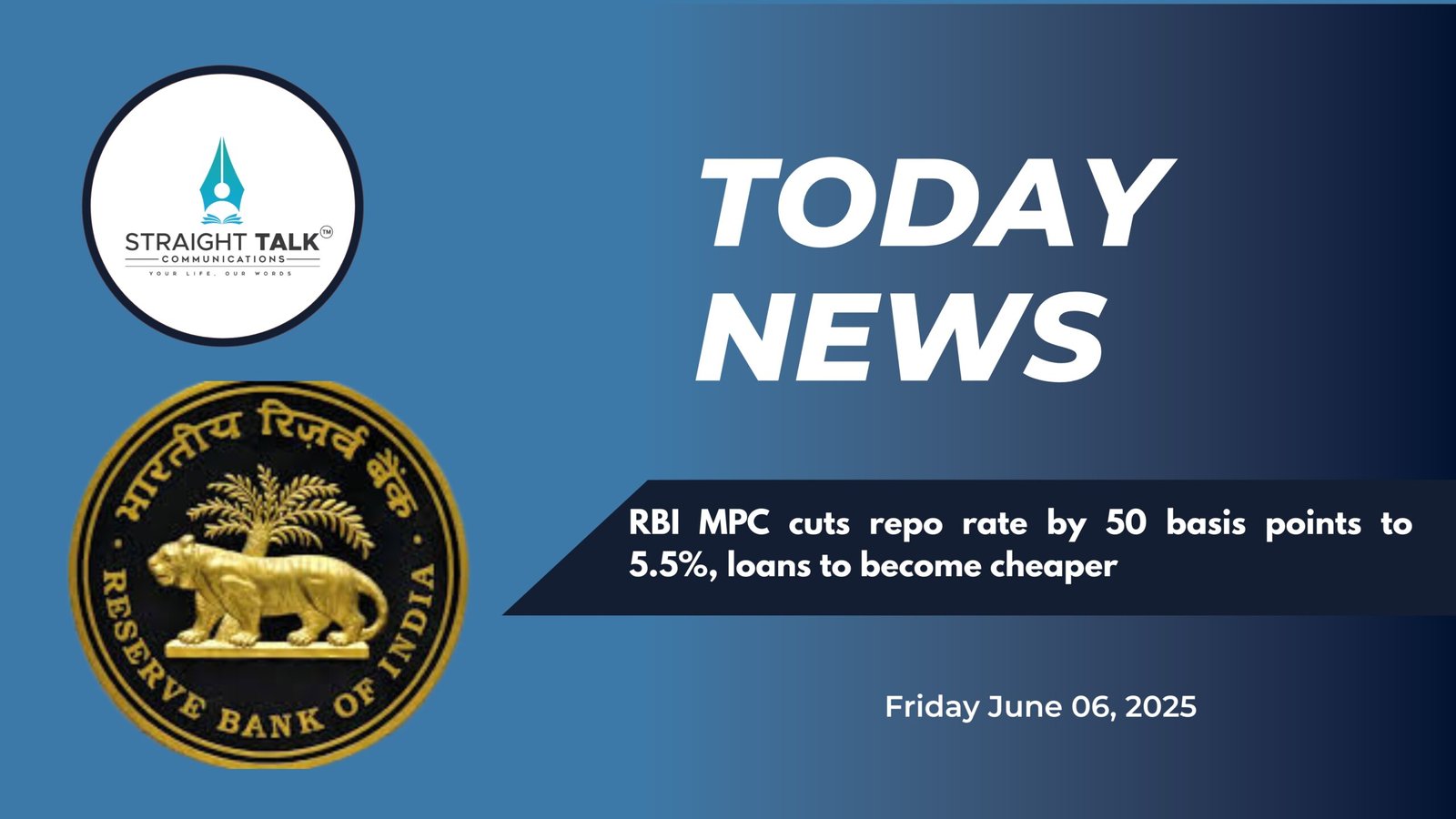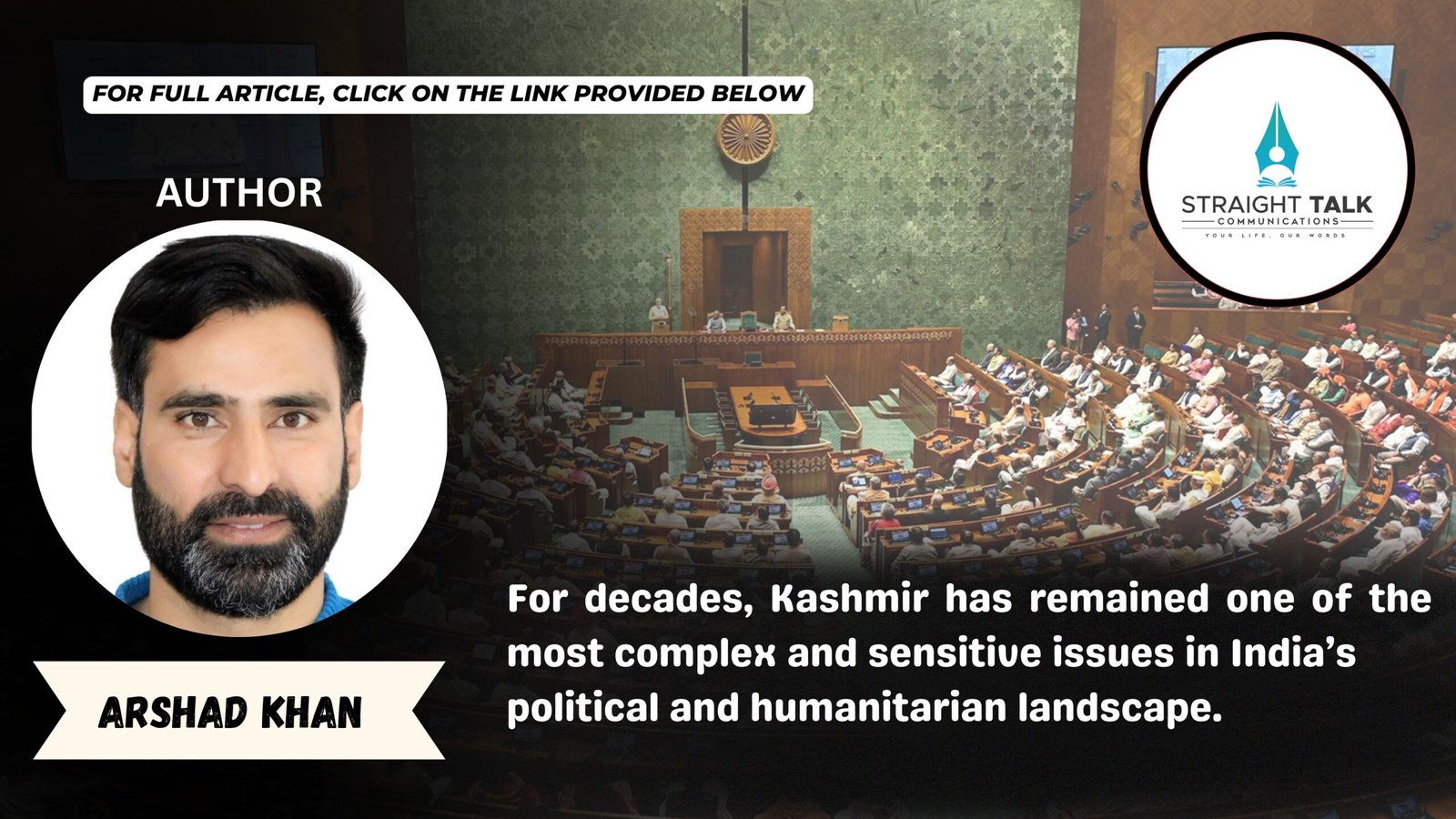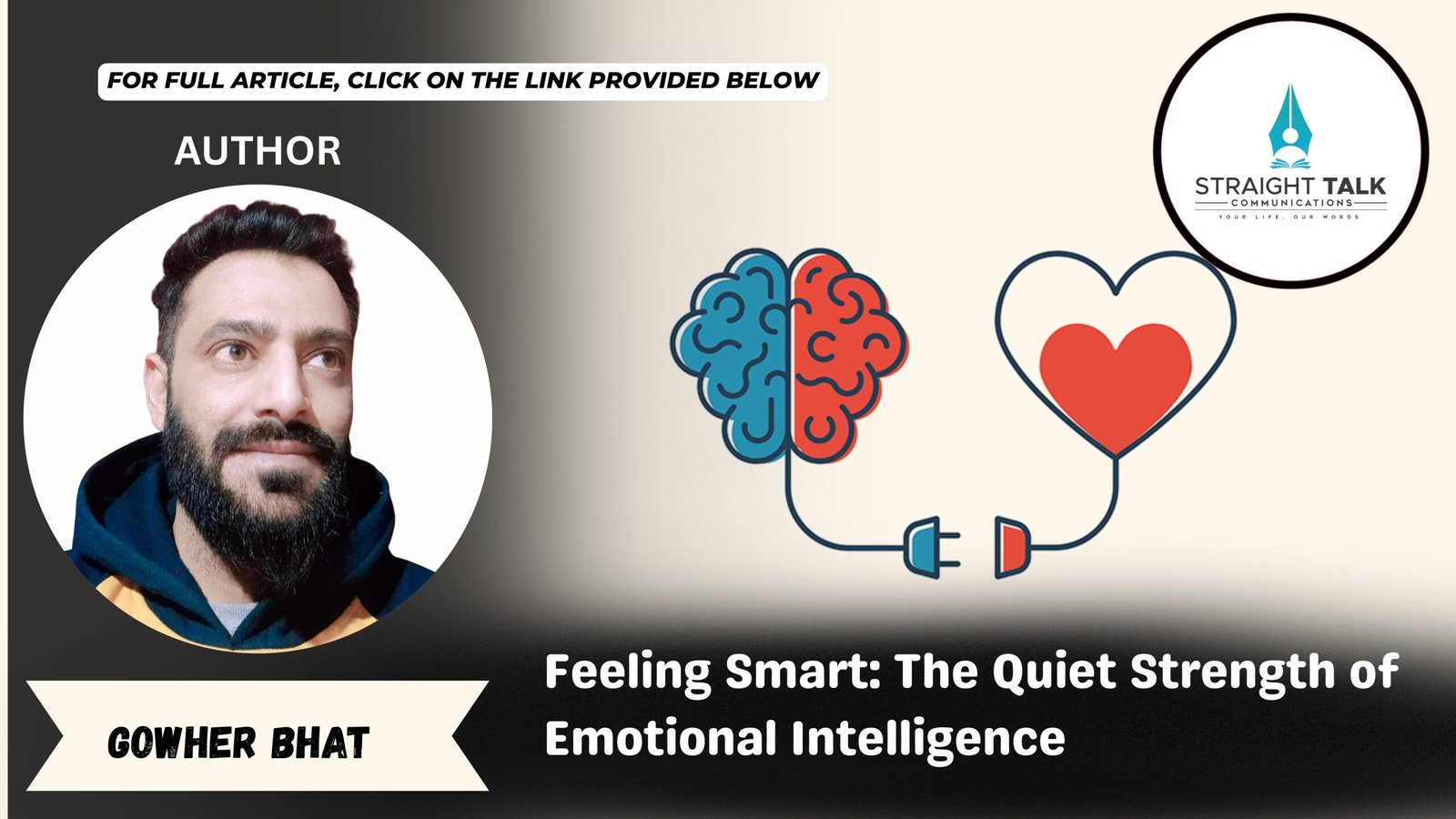Peace Over Process

Why Mediation and Conciliation Win Over Courtroom Battles
Advocate Adnan Magray
Litigation has traditionally served as the principal mechanism for resolving disputes in India. However, it is widely criticised for being time-consuming, costly, rigid, and adversarial. Against this backdrop, mediation and conciliation have emerged as significant modes of Alternative Dispute Resolution (ADR), offering a more efficient, consensual, and flexible approach to dispute settlement.
Litigation in India is notorious for delays, with cases often languishing for years due to overburdened dockets and procedural complexities. Mediation and conciliation, by contrast, are designed to enable speedy resolution. These processes avoid protracted evidentiary hearings and appellate reviews, often concluding disputes in weeks or months.
This efficiency is particularly crucial in commercial disputes, where time is often of the essence and prolonged litigation can undermine business interests.
By way of cost-effectiveness, litigation imposes substantial costs on parties, including court fees, legal representation, and incidental expenses over extended periods. Mediation and conciliation reduce costs considerably, owing to streamlined procedures and limited formalities. By lowering financial barriers, these processes enhance access to justice, especially for individuals and small enterprises who may find litigation unaffordable.
In terms of confidentiality, one of the most significant advantages of mediation and conciliation is the guarantee of confidentiality. Court proceedings are generally public, potentially exposing sensitive commercial information, trade secrets, or personal matters.Mediation and conciliation processes preserve privacy, encouraging candid dialogue without fear of reputational harm or public scrutiny.
On preservation of relationships, litigation’s adversarial nature often irreparably damages relationships between parties, whether commercial partners, family members, or neighbours. In contrast, mediation and conciliation adopt a collaborative approach, aiming for mutually acceptable solutions.
By promoting dialogue and understanding, these methods help preserve ongoing relationships that litigation might sever permanently.
Looking at party autonomy and control, unlike litigation, where outcomes are imposed by judicial authority, mediation and conciliation emphasise party autonomy. The parties themselves negotiate and agree upon the settlement terms, enabling creative, flexible solutions tailored to their specific needs and interests. This consensual nature enhances satisfaction with outcomes and reduces the likelihood of future disputes.
In terms of flexibility of procedure, the court procedures are governed by strict rules of evidence and procedure, which may be intimidating and rigid. Mediation and conciliation allow flexible, informal processes that can be adapted to the dispute’s context. Sessions can be scheduled at the convenience of the parties, in settings conducive to open dialogue. Such flexibility is particularly advantageous in culturally diverse and complex disputes.
Meanwhile, the enforceability of mediated and conciliated settlements has been significantly strengthened by statutory developments in India. The Mediation Act, 2023, for example, provides that mediated settlement agreements shall have the status of a decree of the court, ensuring they are legally binding and directly enforceable.
This legislative framework enhances the credibility of mediation as a serious alternative to litigation.
India’s judiciary faces an enormous backlog of cases, severely impacting access to timely justice. Mediation and conciliation help divert cases away from courts, reducing the load on judges and allowing courts to focus on cases that genuinely require adjudication.
This system-level benefit subjects their role not merely as private settlement tools but as instruments of public policy.
Empirical research suggests that parties are more likely to comply voluntarily with settlements they have negotiated themselves, compared to judgments imposed upon them by courts. This voluntary compliance reduces the need for further enforcement proceedings and promotes lasting resolution.
In India’s socio-cultural context, where community ties and relationships hold significant value, negotiated settlements align well with traditional dispute resolution practices. Mediation and conciliation emphasise dialogue, compromise, and consensus, resonating with cultural norms that favour amicable resolution over adversarial confrontation.
Lastly, while litigation remains indispensable for certain types of disputes especially those involving public rights or needing authoritative interpretation of law, mediation and conciliation offer a more humane, efficient, and effective alternative for a wide range of disputes.
They facilitate speedy, cost-effective, confidential, and relationship-preserving resolutions while empowering parties to shape their own outcomes. Moreover, by reducing the burden on the judiciary, they contribute significantly to the goal of improving access to justice in India.
The enactment of the Mediation Act, 2023, is an important step in institutionalising these advantages and advancing India’s ADR ecosystem toward global best practices .
Advocate Adnan Magray is a Practising Advocate at J&K High Court. He can be mailed at: adnanmagray123@gmail.com







